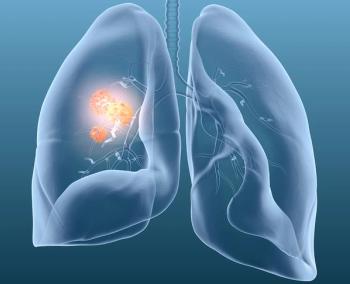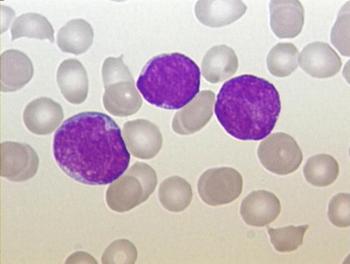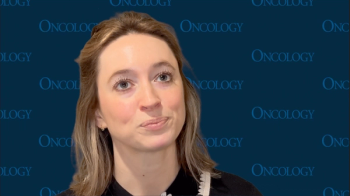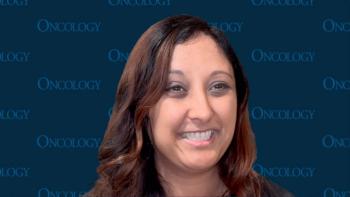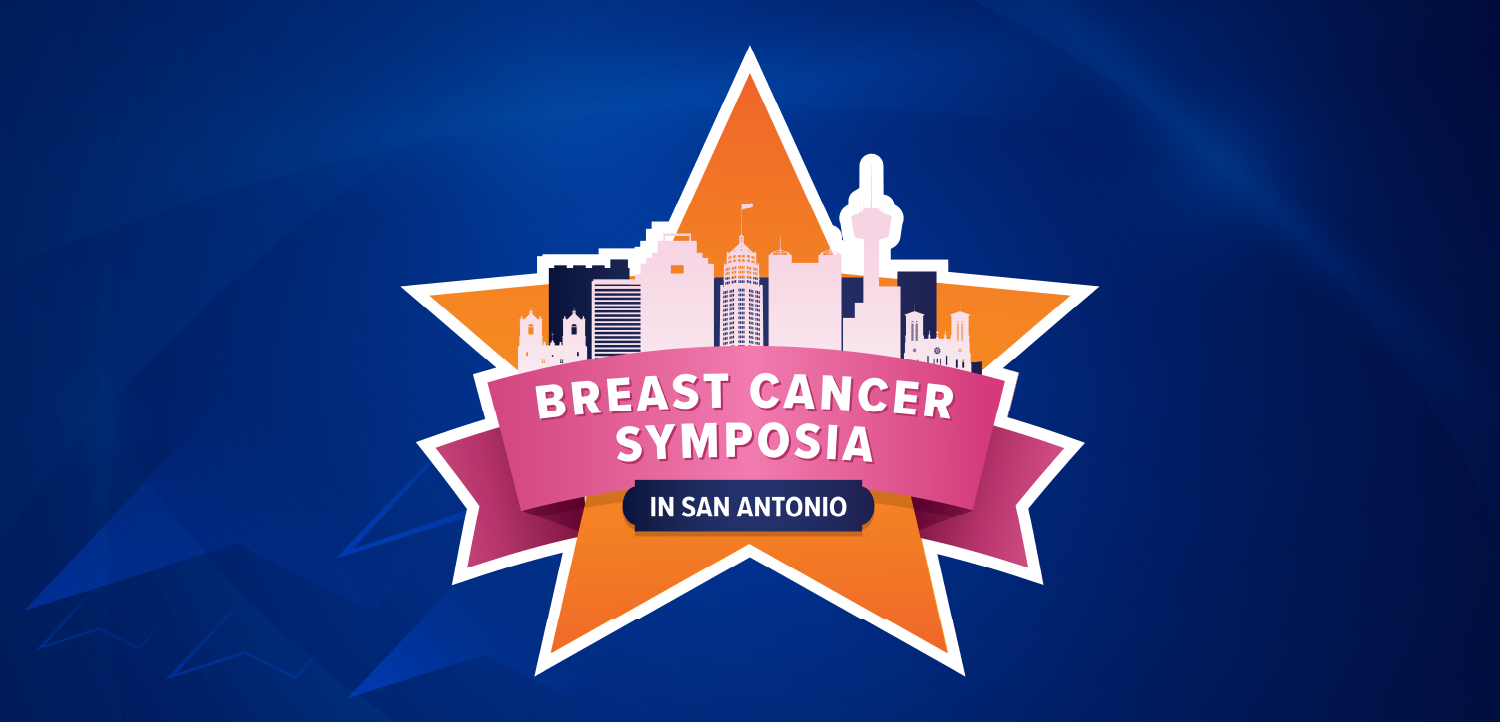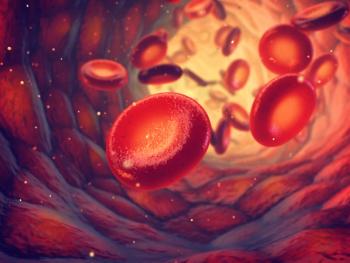
Elacestrant’s Real World Outcomes Improve Over Clinical Findings in Breast Cancer
Since elacestrant’s emergence in the real-world setting, it has demonstrated superior efficacy outcomes compared with what the EMERALD study found.
Maxwell Lloyd, MD, spoke with CancerNetwork® during the
Lloyd, a clinical fellow in hematology oncology at Beth Israel Deaconess Medical Center, first said that restaging protocols are far more frequent in clinical trials, and sometimes trials will restage every 2 months, whereas, in the real-world setting, patients are restaged every 3 or more months. In many cases, this can lead to earlier detection of disease progression. He also noted that trials often have patients with better performance statuses and adequate organ function, while patients in the real world are much more diverse with varying conditions.
Despite that, he noted that an improved median progression-free survival (PFS) has been observed since elacestrant was entered into the real-world setting compared with what was reported in the EMERALD trial. A poster presented at SABCS shared that the EMERALD trial reported a median PFS of 3.8 months in patients with ESR1-mutated breast cancer, whereas a retrospective study found a median PFS of 6.8 months in the real-world setting.
Transcript:
There could be a few differences in the real-world data compared with the prospective clinical trial data. Often, in clinical trials, patients are specifically selected to be enrolled in clinical trials and have more frequent restaging protocols. For example, in a clinical study, you might restage patients every 2 months rather than the 3 months or even longer in routine clinical practice, which could lead to later detection of disease progression and therapeutic switching in the real-world population compared with the clinical trial population. One of the things that is notable is that, in real-world studies, we see time-to-next treatment and time-to-treatment discontinuation numbers being typically lower than the median progression-free survival values that we see in prospective clinical trials. Often, trials have patients with better performance statuses and adequate organ function, which may not be the case in the real-world setting, where all types of diverse patient populations are being exposed to these therapies. Striking that, with these differences, it was in the direction of the real-world outcomes being slightly longer than the median PFS we saw in the EMERALD trial population.
Reference
Swallow E, Maitland J, Sarathy K, et al. Elacestrant real-world progression-free survival (rwPFS) of adult patients with ER+/HER2-, advanced breast cancer: a retrospective analysis using insurance claims in the United States. Presented at: 2024 San Antonio Breast Cancer Symposium; December 10-13, 2024; San Antonio, TX. Abstract P3-10-08.
Newsletter
Stay up to date on recent advances in the multidisciplinary approach to cancer.


